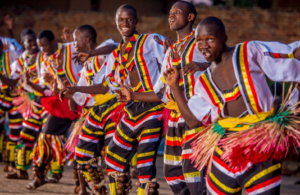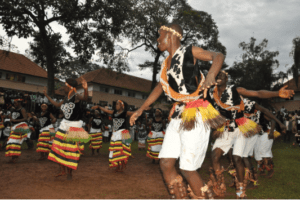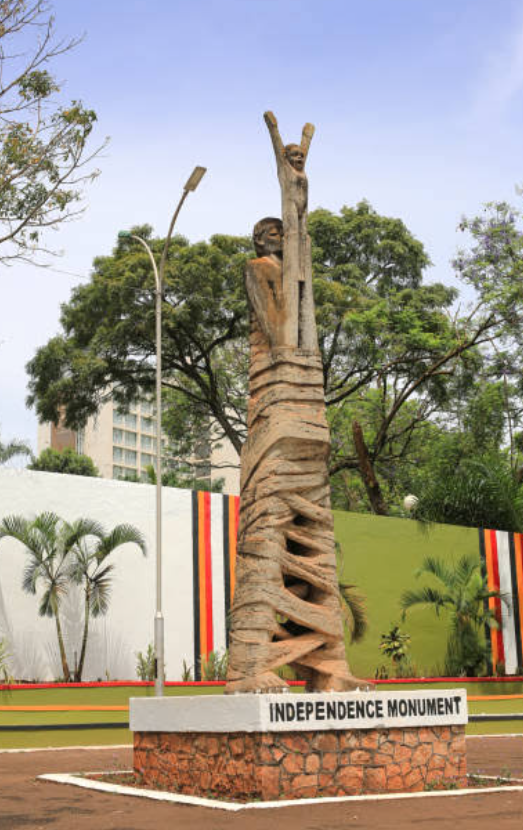Music and the arts have played a significant role in moulding the lives of Ugandans since the country gained its independence from British colonial rule on October 9, 1962. The independence monument that was created by Gregory Maloba in 1962 is a powerful symbol of Uganda’s freedom, depicting a mother lifting a child in the air, breaking free from bondage.
In the realm of literature, Okot p’Bitek’s iconic poem “Song of Lawino” (1966) is a masterpiece that showcases the clash between Acholi culture and European colonialism. The poem’s protagonist, Lawino, embodied the struggles of Ugandan women during that era, while Clementine, the antagonist, represents the influence of Western culture.
The music scene has also been a vital part of Uganda’s cultural landscape. From traditional instruments like the xylophone, adungu, and royal drums to modern genres like Afrobeats and hip-hop, music has brought people together, provided a platform for storytelling, and preserved cultural heritage.
According to Abel Karitundu, the director of the Nkwanzi cultural troupe, music and arts have been instrumental in preserving the culture of Ugandan communities, passing down traditions and stories from one generation to the next.
“Through our music, traditional dances, and folk tales, we have been able to pass over knowledge and cultural heritage through generations. We emphasize maintaining traditional dances, wear, and language during our acts—something that has been going on for many years. It is through this that our cultures cannot be wiped out,” Karitundu said.

According to Rasta Latif Madoi, artists have used their platforms to comment on social issues, inspire change, and promote unity.
“We have had some musicians who sing about the issues that affect our society. While some artists also inspire change in the youth by giving them hope for another day with their stories of where they have come from. This gives hope to the younger generation. And for us Raastas, we always tell people to work together and build one another for a better tomorrow. Independence means freedom, and that is why we Rastas love wearing freedom colors,” Madoi said.
While talking to our reporter, musician Jose Chameleone said that music and the arts have brought economic empowerment to the people in the industry. The music and arts industries have created employment opportunities, hence contributing to Uganda’s economic growth.
“You cannot imagine how many musicians, artists, comedians, actors, and actresses earn a living from the entertainment industry. We have been able to build houses, set up businesses, and also contribute to Uganda’s revenue through what we do,” Chameleone said.

Music and the arts have played a crucial role in shaping Ugandan identity, fostering a sense of national pride and belonging. Uganda’s different cultural and traditional dances continue to give its citizens a sense of belonging. The Ugandan artists have continued to fly the Ugandan flag higher all over the world through their great music, acts, art, and dances, for example, the Ghetto Kids (Uganda’s kids dance group), who got a Golden Buzzer at Britain’s Got Talent in 2023.
In recent years, Ugandan artists have continued to push boundaries, exploring new styles and themes. The Kampala Art exhibition has become a premier platform for showcasing contemporary Ugandan art. With the country’s vibrant cultural scene, music and the arts will undoubtedly remain essential components of Ugandan life, inspiring future generations to come.















